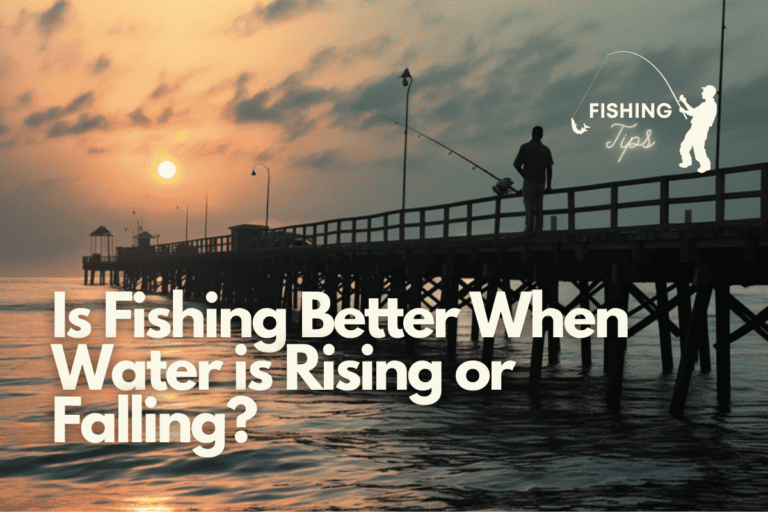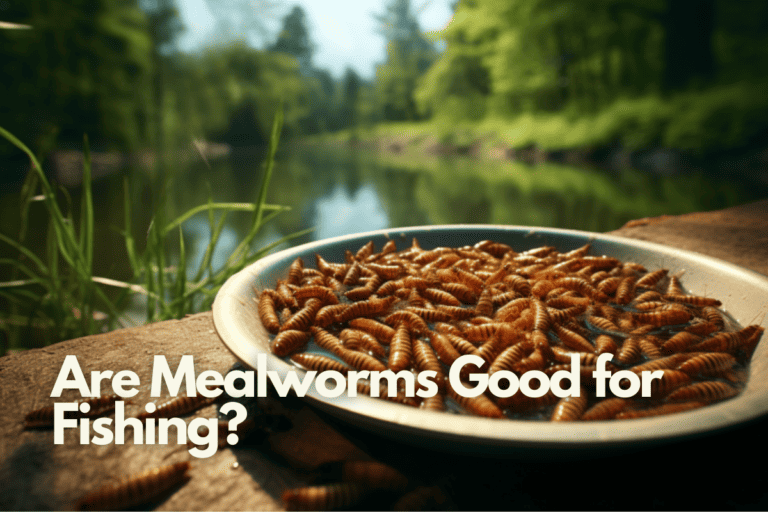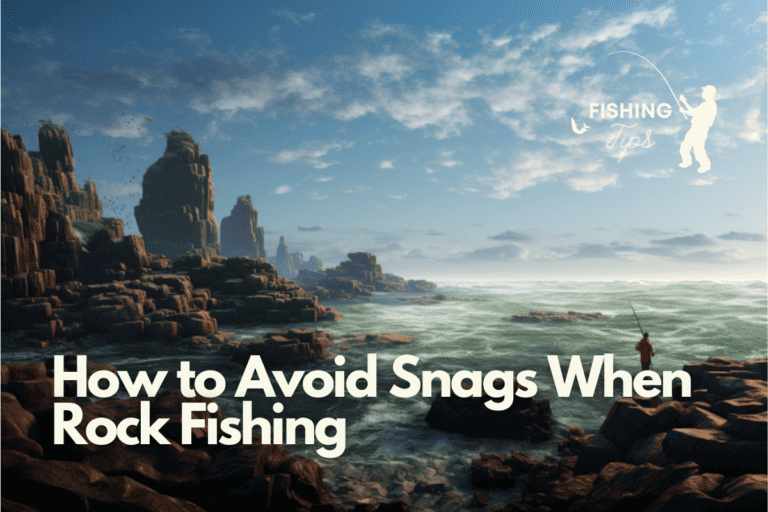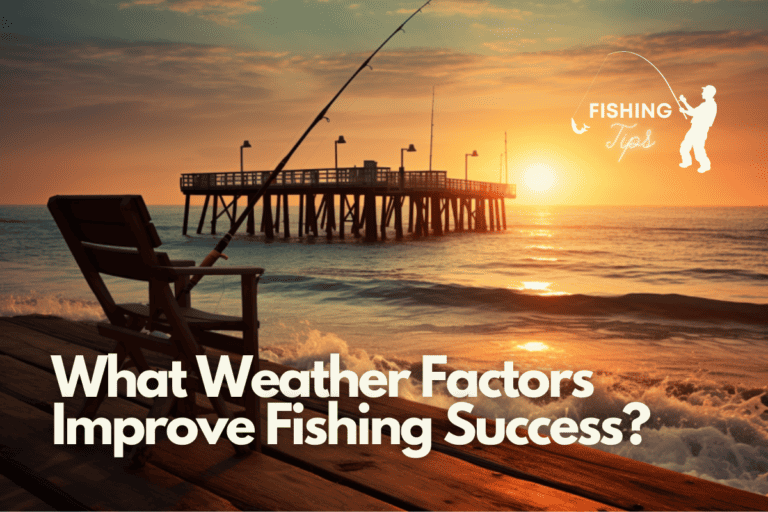Is Overcast Good for Fishing? A Personal Dive into the World of Angling
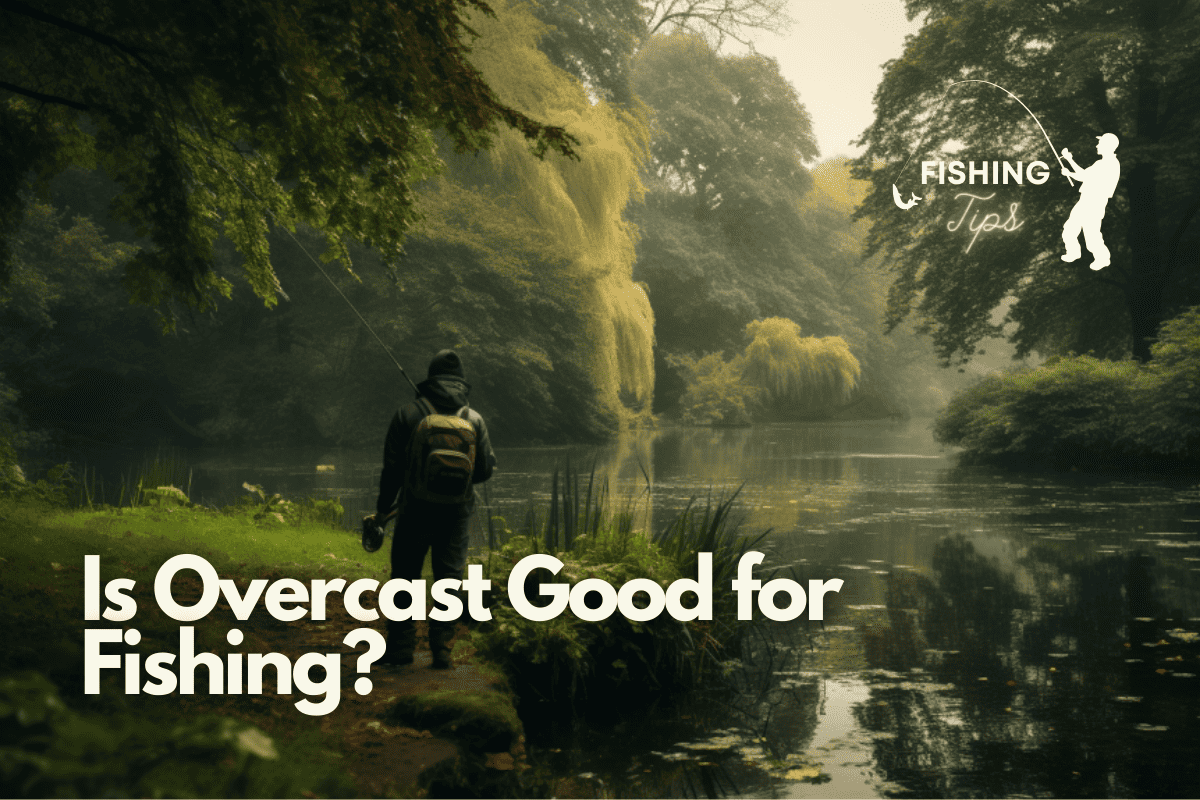
The gentle hum of the boat’s engine, the soft ripples on the water’s surface, and the distant call of seagulls overhead. These are the sounds that often accompany my fishing trips. But there’s one more element that has always intrigued me: the weather. Specifically, the age-old debate among anglers – is overcast good for fishing?
I remember a particular day, years ago, when the sky was painted with thick, gray clouds. My old friend, Jake, and I decided to head out to our favorite fishing spot. As we set up our gear, Jake, with a twinkle in his eye, said, “Today’s the day, buddy. Overcast is a fisherman’s best friend.” And boy, was he right.
The Science Behind Overcast Fishing
Fishing, at its core, is a game of unpredictability. There’s no playbook, no set of fixed rules. It’s just you, your gear, and the vast expanse of water. But certain factors can tip the scales in your favor, and weather is one of them.
Fish, like us, are creatures of habit and survival. On sunny days, the clear water and higher temperatures can make fish more lethargic and less likely to bite. They seek refuge in the depths or shaded areas, making them harder to catch. But on overcast days, the game changes.
The water’s temperature drops, and the reduced sunlight makes fish more active and adventurous. They venture out of their hiding spots, looking for food, and that’s when anglers like me have the upper hand.
Colors and Techniques: Making the Most of Overcast Days

On one of those cloudy days, Jake taught me a trick. “Use noticeable colors,” he said, handing me a lure that was a bright shade of yellow. Overcast conditions can reduce visibility in the water, so using lures in vibrant colors like yellow, white, or even deep red can make a difference. And it did. That day, we had one of our biggest hauls ever.
Fishing Under Different Weather Conditions
| Weather Condition | Fish Activity | Best Techniques | Lure Colors | Notes |
|---|---|---|---|---|
| Overcast | High | Topwater fishing, Fly fishing | Bright yellow, white, deep red | Fish are more active and closer to the surface. |
| Sunny | Moderate to Low | Deepwater fishing | Shiny or reflective | Fish seek shaded areas or deeper waters. |
| Clear & Warm | Low | Shaded area fishing | Reflective, light-reflecting | Fish are less active but more predictable. |
Another technique I’ve found effective on cloudy days is topwater fishing. The lures float on the water’s surface and mimic the movement of baitfish. With the lack of sunlight straining their eyes, fish are more likely to come up to the surface, making them easier targets.
And then there’s fly fishing. Casting dry flies that resemble insects landing on the water can be incredibly effective. It’s a technique that requires finesse and skill, but on an overcast day, it’s pure magic.
Sunny Days Aren’t All Bad

Now, I’m not saying you should pack up and go home if the sun’s out. Sunny days have their own charm. Yes, fish might be less active, but they’re also more predictable. They’ll likely be in shaded areas or deeper waters. Using shiny lures that reflect sunlight can be a game-changer on these days.
Final Thoughts: The Emotional Pull of Overcast Skies
Beyond the techniques and the science, there’s an emotional element to fishing under an overcast sky. The world feels softer, more muted. The water takes on a silvery sheen, and there’s a stillness in the air. It’s as if nature itself is holding its breath, waiting for that exhilarating moment when the fish bites.
I’ve had many memorable fishing trips, but the ones under a canopy of gray clouds hold a special place in my heart. They remind me of the lessons Jake taught me, of the thrill of the catch, and of the simple joys of being one with nature.
In conclusion, while sunny days have their moments, there’s something uniquely magical about fishing on an overcast day. It’s a blend of science, technique, and raw emotion. So, the next time the sky is gray and the air is cool, grab your fishing rod and head out. The fish are waiting.
FAQs
1. Why is overcast considered a good time for fishing? Overcast conditions lead to reduced sunlight and cooler water temperatures. This makes fish more active and adventurous, venturing out of their hiding spots in search of food.
2. What lure colors are recommended for overcast days? Bright and noticeable colors like yellow, white, and deep red are effective on overcast days due to reduced visibility in the water.
3. Are sunny days bad for fishing? Not necessarily. While fish might be less active on sunny days, they are also more predictable. They tend to seek refuge in shaded areas or deeper waters. Using shiny or reflective lures can be effective in these conditions.
4. What is topwater fishing? Topwater fishing involves using lures that float on the water’s surface, mimicking the movement of baitfish. It’s particularly effective on overcast days when fish are more likely to come up to the surface.
5. Is fly fishing only suitable for overcast conditions? No, fly fishing can be practiced in various weather conditions. However, casting dry flies that resemble insects can be especially effective on overcast days when fish are more likely to be near the surface.
6. How does weather affect fish behavior? Fish, like many animals, are influenced by their environment. Weather conditions, especially temperature and light, can affect their activity levels, feeding patterns, and the depths at which they swim.
